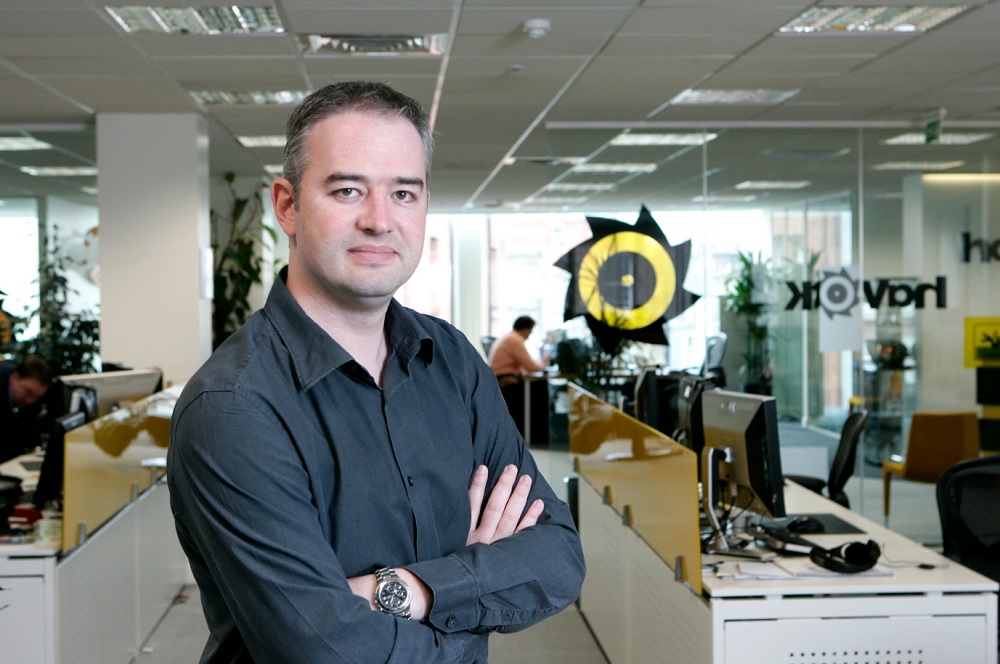Fifteen years ago, the physical effects in games were pretty lame. But a handful of bold game developers started figuring out how to incorporate physics into the behavior of objects in games. If you smashed a wall, it had to crumble into pieces in a realistic fashion, or the resulting animation would destroy the fantasy of the game.
At the time, 3D graphics were still advancing at a rapid rate. But the fake part of the games was the motion and the lack of interaction with physical objects. So a team of experts quit their doctorate studies at Trinity College in Dublin, Ireland, to create a startup called Havok. The company was acquired by Intel in 2007, and the physical effects that it helped create were used in some of the biggest games of all time, such as Half-Life 2, BioShock, The Last of Us, Uncharted, the Call of Duty series, Battlefield, Dark Souls, Far Cry and more than 600 other titles.

Unlock premium content and VIP community perks with GB M A X!
Join now to enjoy our free and premium membership perks.
![]()

![]()